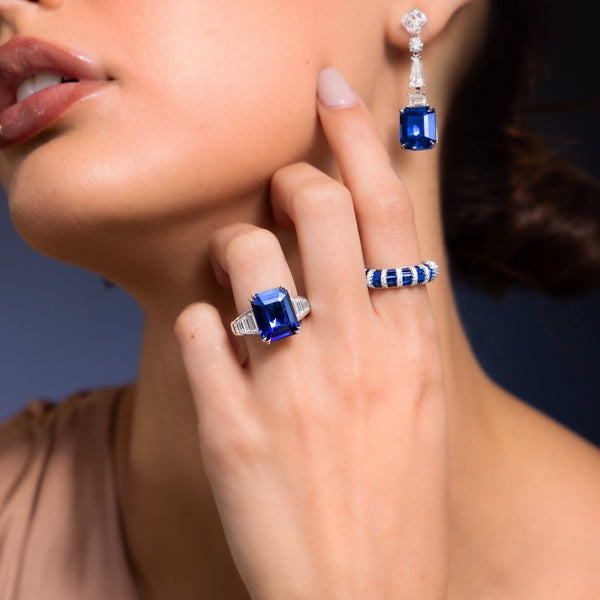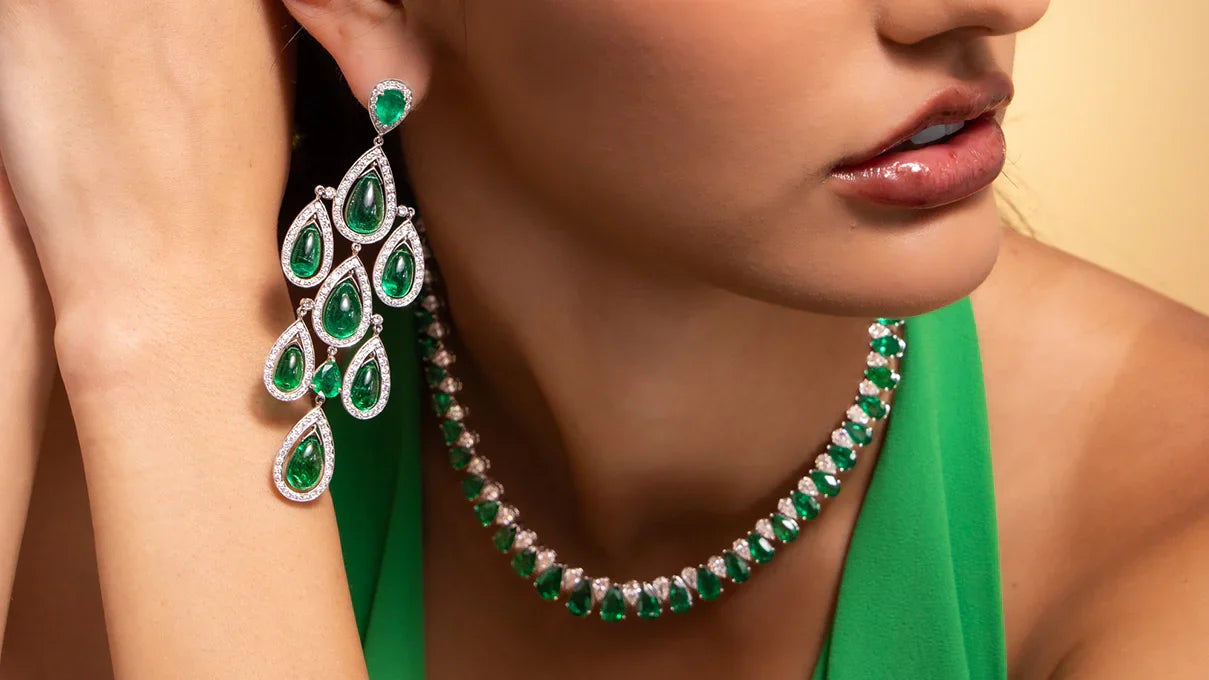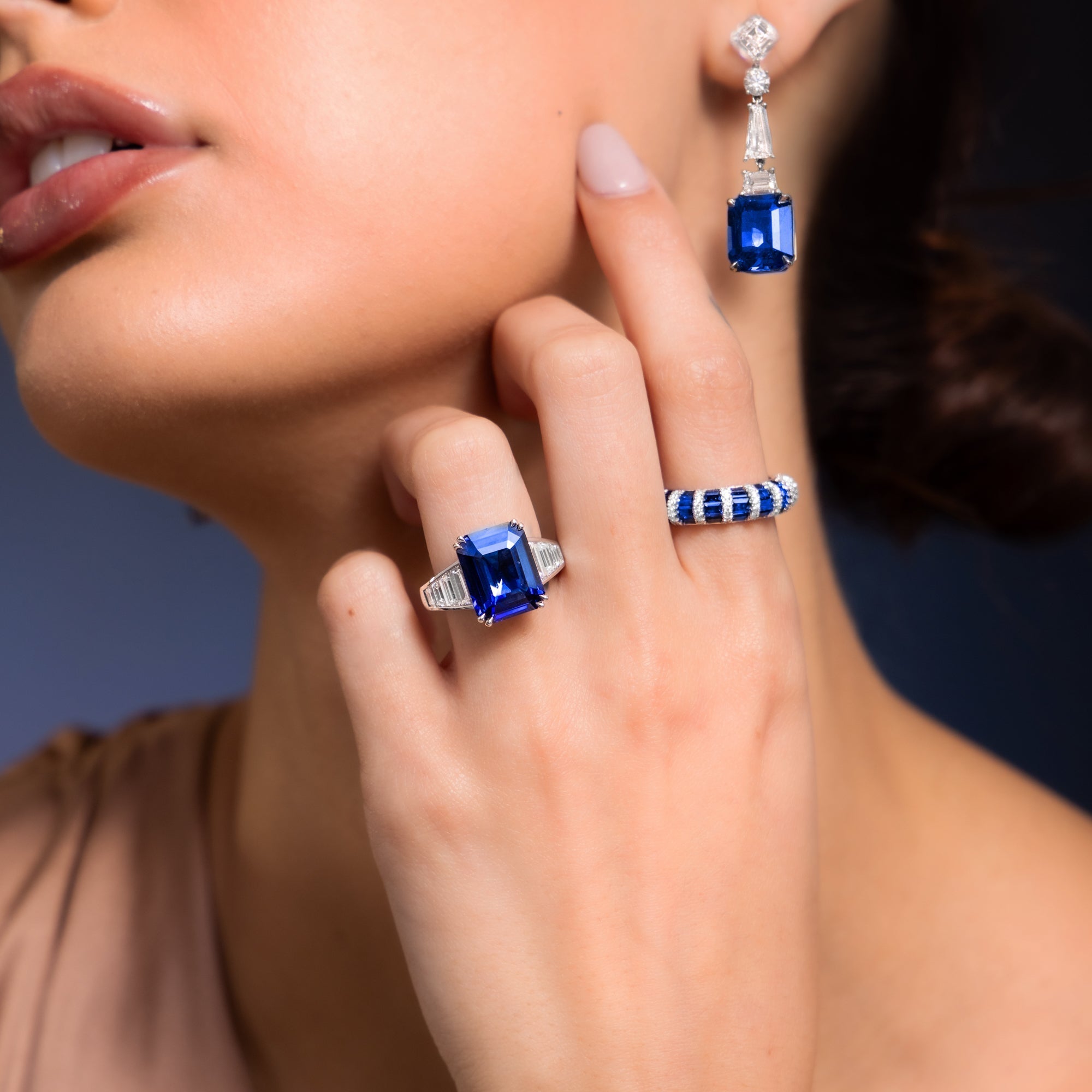Blue sapphires have long been admired for their color, brilliance, and durability. They’re one of the most recognizable gemstones in the world, often associated with honesty, loyalty, and timeless beauty. But within the world of sapphires, some are far rarer than others. The difference often comes down to their origin, color, and whether they’ve been treated by heat or left in their natural state.
The Beauty of Blue
A sapphire’s blue color comes from trace elements of iron and titanium within the crystal. Depending on how much of each element is present, the tone can range from light sky blue to deep, velvety royal blue.
The most prized sapphires show a vivid, balanced blue that remains bright in both daylight and artificial light. They have enough depth to feel rich, yet enough transparency to let light move through them. Stones that are too dark or too gray lose value, while those that maintain vibrancy under all lighting conditions stand out as exceptional.
Color is the first thing most people notice, but it is also the most difficult to find in perfection. That is what makes fine blue sapphires so desirable.
Heated vs. Unheated Sapphires
The vast majority of sapphires on the market today are heat-treated. Heating a sapphire enhances its color and clarity, improving its overall appearance. The process has been used for centuries and is accepted within the gemstone industry.
A heated sapphire can still be natural, valuable, and beautiful. However, an unheated sapphire is something entirely different. When a sapphire has never been exposed to heat, it means its color and clarity were achieved naturally, without human influence.
Unheated sapphires are much rarer because only a small fraction of mined stones possess fine color and clarity on their own. They often show unique internal characteristics and subtle variations in hue that give them character and individuality. For collectors and gem enthusiasts, an unheated sapphire represents authenticity in its purest form.
The presence or absence of heat treatment is always confirmed through laboratory testing. A certificate identifying a sapphire as “unheated” adds significant value and distinction.
Where Blue Sapphires Come From
Sapphires are found in several parts of the world, but only a few locations consistently produce gems of exceptional quality.
Kashmir, located in the Himalayas, is the source of some of the most famous sapphires ever discovered. These stones have a soft, velvety blue color that seems to glow from within. True Kashmir sapphires are extremely rare today and command some of the highest prices in the gemstone market.
Burma (Myanmar) is another renowned source. Burmese sapphires tend to have a deep royal blue color with excellent clarity and brightness. They are prized for their intensity and the way they hold color under all lighting conditions.
Sri Lanka (Ceylon) has produced sapphires for over 2,000 years. Ceylon sapphires often display a lighter, more open shade of blue, and their brilliance and clean crystal structure make them very popular among jewelers and collectors.
Other notable sources include Madagascar, Thailand, and Australia, each offering different shades of blue that reflect their unique geological conditions.
What Makes a Sapphire Rare
Rarity is a combination of qualities: color, clarity, size, and treatment history. A sapphire with exceptional color that is both unheated and free of visible inclusions will always be more valuable.
Larger sapphires are also exponentially rarer. A fine sapphire over ten carats, with strong color and no heat treatment, belongs to a very small category of gemstones. These are often purchased as investment pieces or passed down as heirlooms.
Even within the same mine, two stones can look completely different. That individuality is part of the sapphire’s charm. No two are ever exactly alike, which gives each gem its own story.
Why Collectors Value Natural Stones
For serious collectors, an untreated sapphire represents nature’s craftsmanship. It carries the history of its formation, untouched by human hands. These stones are not just admired for their beauty but for what they represent—a rare alignment of time, pressure, and trace elements that can’t be recreated.
Heated sapphires have their place too. They make the beauty of fine color accessible to a wider audience and can still offer incredible visual appeal. But the unheated sapphire holds a quiet prestige. It’s a gemstone that has earned its beauty on its own.
Final Thoughts
Whether you are drawn to a rich royal blue or a lighter Ceylon tone, sapphires continue to captivate because of their depth, durability, and meaning. Understanding what makes one stone rarer than another helps you appreciate not just their beauty, but their story.
For jewelers, handling an unheated sapphire is a privilege. For collectors, owning one is a connection to the earth’s rarest artistry. And for anyone who wears one, it’s a reminder that true beauty doesn’t need to be altered—it just needs to be discovered.




